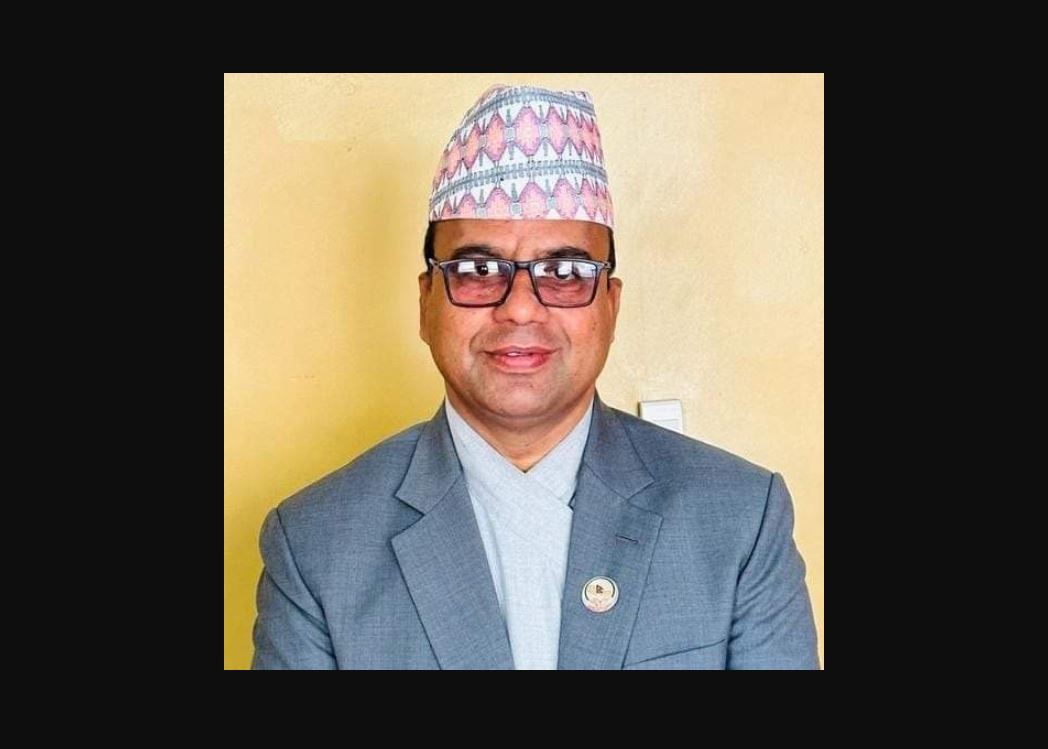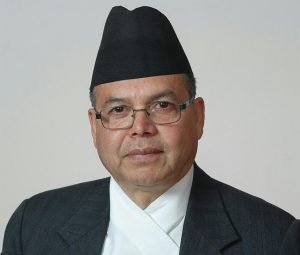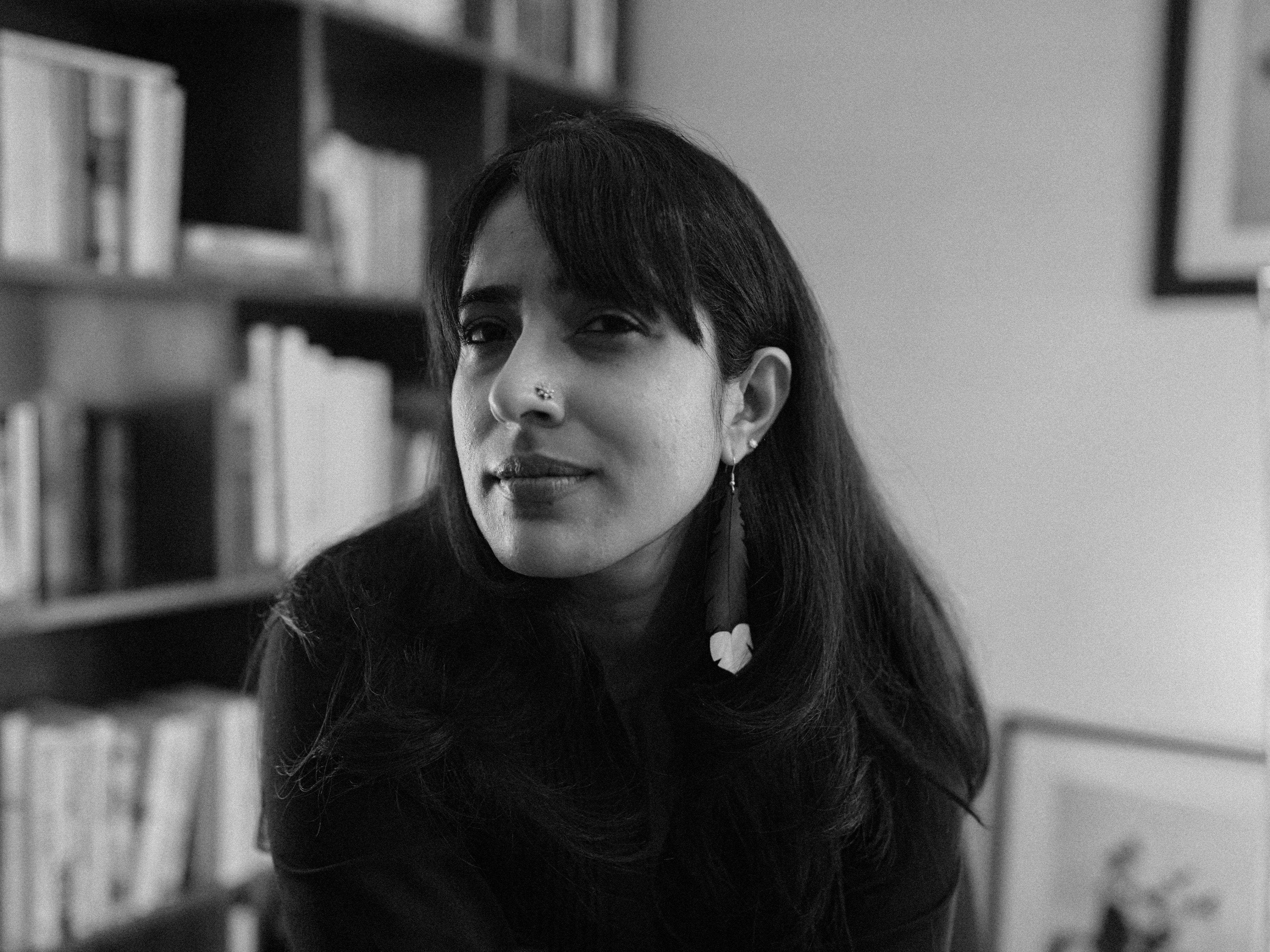
Opening Ceremony:
• Remarks by the Secretary-General
• Youth dialogue with Secretary-General
The UN climate action summit held in New York on Monday did not live up to its expectations, as a host of nations announced only incremental steps to combat global warming. A growing recognition that the pace of climate action must be rapidly accelerated had prompted UN Secretary-General António Guterres to call a global meeting on September 23, ahead of the annual climate summit to be held in Santiago, Chile in December.
The disappointment showed at the closing statement by Guterres. “You have delivered a boost in momentum, cooperation and ambition. But we have a long way to go,” he said. “We need more concrete plans, more ambition from more countries and more businesses.”
Current targets to control climate change are not enough to stop a catastrophic rise in global temperatures, scientists had warned ahead of the action summit. The targets by the world’s nations to rein in climate change need to be tripled if the rise in global temperatures is to be limited to 2 degrees Celsius compared with preindustrial times that was agreed upon in the 2015 Paris climate pact, the United in Science report said on Sunday.
India on Monday said it will increase its share of non-fossil fuels into its energy mix. It pledged to increase renewable energy capacity to 175GW by 2022, a commitment made during the 2015 Paris climate summit, and committed to further increasing it to 450GW, for which it did not state any timeline. India also announced that 80 countries have now joined the International Solar Alliance, a joint initiative announced by the South Asian nation and France at the 2015 summit.
India’s Prime Minister Narendra Modi said in his address at the UN that the world is not doing enough to tackle the climate emergency. “The time for talks is over. The world needs to act now,” the Indian Prime Minister Narendra Modi said in the presence of US President Donald Trump, who made an unscheduled appearance at the summit. Trump did not speak at the summit.
Of the 187 countries that are part of the Paris Agreement, 77 committed to cut greenhouse gas emissions to net zero by 2050, while 70 others announced they will either boost their national action plans by 2020 or have started the process of doing so.
Smaller countries, bigger pledges
However, none of the major emitters such as the US, European Union, China or India were part of the 77 nations. Many smaller countries, including island states and least developed countries, were among those who made the biggest pledges, although they have contributed the least to the problem.
Most of the other announcements were incremental. For instance, France announced that it would not enter into any trade agreement with countries that have policies counter to the Paris Agreement, and Germany committed to carbon neutrality by 2050.
China said it would cut emissions by over 12 billion tonnes a year, and would pursue a path of high-quality growth and low carbon development. This was in line with the commitments it has already made earlier.
A group of the world’s largest financial firms and asset managers, which together manage more than USD 2 trillion in investments, said they will move to carbon-neutral investment portfolios only by 2050, over 30 years away.
Money remains a problem
The source of funds to combat climate change has always been one of the more contentious issues in international discussions. Some countries announced new contributions to the Green Climate Fund, a financial mechanism to assist developing countries to mitigate the impacts of climate change and adapt to the changed circumstance. However, experts said the contribution are still inadequate to meet promises made earlier.
The summit also saw the launch of another financial mechanism called the Climate Investment Platform, which will seek to directly mobilize USD 1 trillion in clean energy investment by 2025 in 20 least developed countries in its first year.
The positions of China and India had been made clear last week in the run up to the summit, which essentially urged rich nations to deepen their financial contributions. The world’s first and fourth-largest emitters had on September 17 placed the onus on rich countries to fulfil their commitments to mobilise USD 100 billion per year by 2020 for developing nations to cope with climate impacts.
“China urges the developed countries to honour the commitment of USD 100 billion allocation each year from 2020 on to support the developing world in addressing climate change,” Asia’s largest economy said. “The recent estimates for taking climate actions are laying out a case for trillions of dollars and not billions, in new and additional financing. But the momentum of these flows – the present scope, scale and speed of climate finance – is insufficient and inadequate,” India said in a statement. “Enhanced ambition and enhanced support should be at equal footing.”
The youth protest
Young people around the world had on Saturday participated in the largest-ever demonstrations – numbering some 4 million – demanding climate action. The protests and demonstrations are expected to continue throughout this week.
Greta Thunberg, the 16-year-old climate activist from Sweden, addressed the summit and exhorted global leaders to take faster action. “People are suffering. People are dying and dying ecosystems are collapsing. We are in the beginning of a mass extinction, and all you can talk about is the money and fairy tales of eternal economic growth,” Thunberg said in an emotional speech. “For more than 30 years, the science has been crystal clear. How dare you continue to look away and come here saying that you’re doing enough when the politics and solutions needed are still nowhere in sight?”
“We will not let you get away with this,” she said. “Right now is where we draw the line.”
This article was first posted on Indian climate dialogue.





















